Home>diy>Architecture & Design>How To Design A House With 4 Rooms And 3 Bathrooms
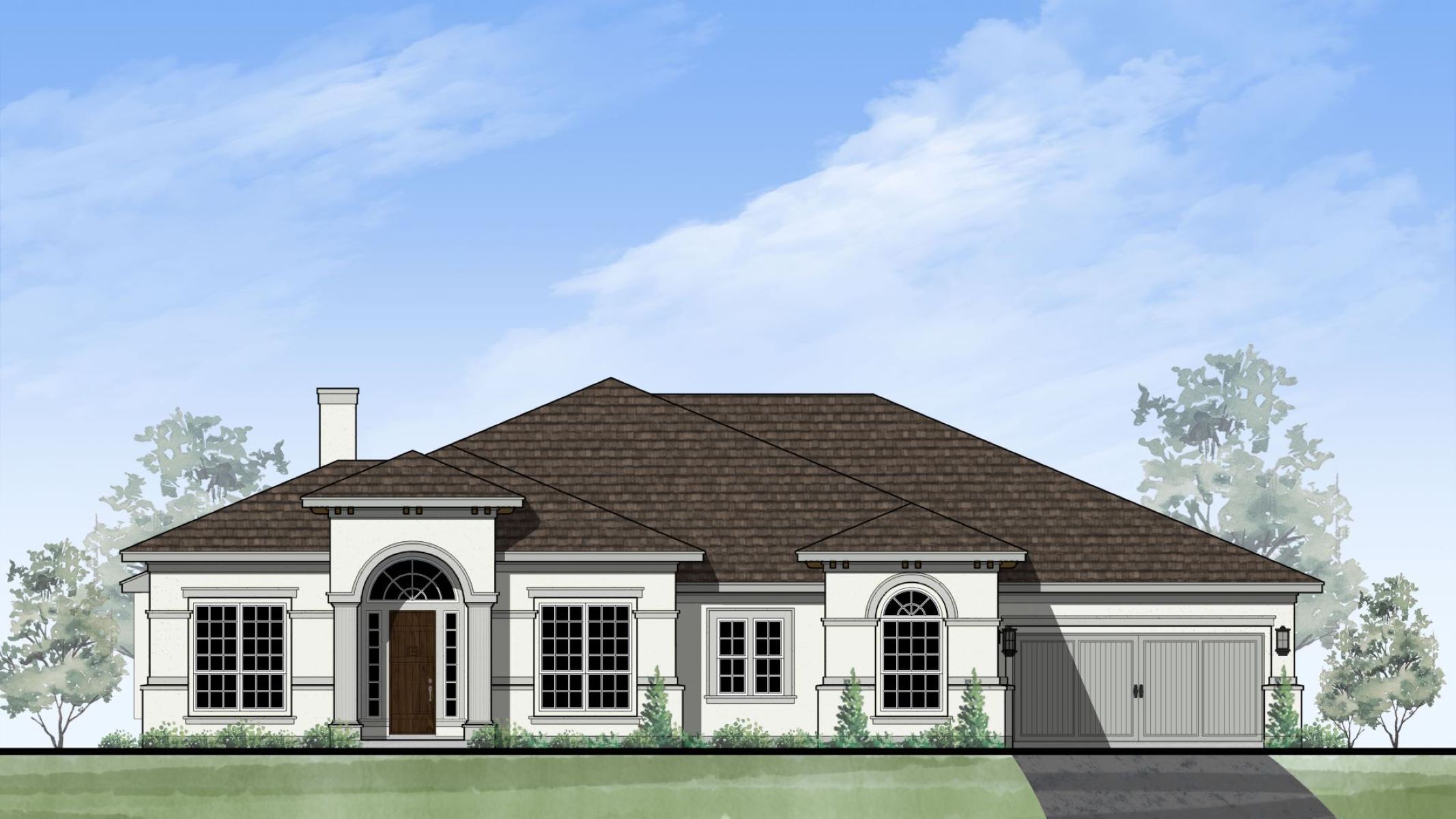

Architecture & Design
How To Design A House With 4 Rooms And 3 Bathrooms
Modified: August 24, 2024
Learn how to design a house with 4 rooms and 3 bathrooms using innovative architecture design techniques. Enhance your home with functional and stylish spaces.
(Many of the links in this article redirect to a specific reviewed product. Your purchase of these products through affiliate links helps to generate commission for Storables.com, at no extra cost. Learn more)
Introduction
Designing a house with 4 rooms and 3 bathrooms is an exciting endeavor that allows you to create a functional and aesthetically pleasing living space. Each room holds its own significance in terms of functionality, design, and personalization. From the cozy living room where you unwind and relax, to the well-equipped kitchen where you cook up delicious meals, to the serene bedrooms where you rejuvenate, and finally to the efficient home office where you work or study, every room plays a vital role in shaping your home.
When designing your house with 4 rooms and 3 bathrooms, it’s important to consider various factors such as the overall layout, furniture selection, color schemes, lighting, and decorative elements. This article will guide you through the design process for each room, providing you with inspiration and practical tips to create a harmonious and stylish living environment.
Whether you’re a seasoned designer or a homeowner looking to embark on a DIY project, this article will offer valuable insights to help you make informed decisions when designing your house with 4 rooms and 3 bathrooms. So, let’s dive in and explore the key aspects of designing each space!
Key Takeaways:
- Create a harmonious living space by carefully selecting furniture, planning layouts, and infusing personal style through color schemes and decor. Thoughtful lighting and storage solutions enhance functionality and ambiance.
- Designing a house with 4 rooms and 3 bathrooms offers the opportunity to express creativity and style, creating a dynamic and inviting home that reflects your unique personality and enhances your quality of life.
Room 1: Living Room
Description
The living room is the heart of your home, where you gather with family and friends to relax, entertain, and enjoy quality time together. This space should evoke a sense of warmth and comfort while reflecting your personal style and taste.
Furniture and Layout
When selecting furniture for your living room, consider the size of the room and the number of people it will accommodate. A comfortable sofa or sectional is a must-have, complemented by armchairs, ottomans, and a coffee table. Arrange the furniture in a way that encourages conversation and creates a welcoming atmosphere. Don’t forget to leave enough space for easy movement around the room.
Color Scheme and Decor
Choose a color scheme that aligns with the overall theme and atmosphere you want to create in your living room. Neutral tones like beige, gray, or cream are timeless and versatile, allowing you to easily change the look and feel of the space with accessories. Add pops of color through cushions, curtains, or artwork to inject personality into the room.
When it comes to decor, strike a balance between functionality and aesthetics. Incorporate items like a stylish rug, wall art, and shelving units to display cherished belongings. Indoor plants can breathe life into the space and add a touch of nature.
Lighting
Lighting plays a crucial role in setting the ambiance of your living room. Utilize a combination of natural and artificial lighting to create a warm and inviting atmosphere. Consider installing overhead lighting fixtures for general illumination, accent lights to highlight artwork or architectural features, and table or floor lamps for task lighting.
Don’t forget to incorporate window coverings that provide privacy and control the amount of natural light entering the room. Curtains or blinds in a complementary color can enhance the overall aesthetic appeal of the living room.
By carefully considering the furniture arrangement, color scheme, decor, and lighting in your living room, you can create a welcoming and comfortable space that reflects your personal style and caters to your needs. Enjoy designing and transforming this central room into the perfect gathering place for your loved ones!
Room 2: Kitchen
Description
The kitchen is the heart of any home, where delicious meals are prepared, memories are made, and conversations flow. Designing a functional and stylish kitchen involves careful consideration of layout, appliances, storage, and decor to create a space that is not only visually appealing but also practical for your cooking and dining needs.
Layout and Appliances
When it comes to designing the layout of your kitchen, efficiency is key. Consider the classic “kitchen work triangle,” which positions the sink, stove, and refrigerator in a triangular arrangement for easy movement and accessibility. An island or breakfast bar can serve as a focal point and provide additional workspace and seating.
Choose appliances that fit seamlessly into the overall design and meet your cooking needs. Stainless steel appliances are popular for their sleek and modern look, while built-in ovens, cooktops, and refrigerators can maximize space and create a streamlined appearance.
Storage and Organization
A well-designed kitchen incorporates ample storage space to keep your cookware, dishes, and food items organized. Consider installing cabinets with pull-out shelves, pantry units to store dry goods, and drawers with dividers for utensils. Utilize wall space with hooks or racks for hanging pots, pans, and utensils.
Don’t forget about clever storage solutions such as a spice rack, pull-out trash bins, and a dedicated area for small appliances to keep your countertops clutter-free. A well-organized kitchen not only enhances functionality but also makes cooking and meal prep a breeze.
Color Scheme and Decor
Choose a color scheme that sets the tone for your kitchen and complements the overall style of your home. Light and neutral colors can create an airy and open feel, while bold and vibrant colors can add a pop of personality and energy. Consider using a combination of colors for the cabinetry, countertops, backsplash, and walls.
Incorporate decorative elements to personalize your kitchen. Display colorful dishware or cookbooks on open shelves, add charming pendant lights above the island or dining area, and introduce a touch of greenery with potted herbs or plants. Don’t forget to select stylish hardware for your cabinets and drawers to complete the look.
Designing your kitchen with a well-thought-out layout, efficient appliances, smart storage solutions, and a cohesive color scheme can transform it into a space that is not only visually appealing but also functional for your culinary adventures. Enjoy creating a kitchen that reflects your personal style and enhances your overall home design!
Room 3: Bedroom
Description
The bedroom is your personal sanctuary, a haven where you can relax, unwind, and recharge. Designing a bedroom that promotes tranquility and comfort involves careful consideration of furniture, color scheme, decor, lighting, and window treatments to create a space that reflects your personal style and ensures a good night’s sleep.
Furniture and Layout
When selecting furniture for your bedroom, prioritize comfort and functionality. Start with a comfortable and supportive mattress, followed by a bed frame that complements your desired style – whether it be a sleek platform bed or an elegant upholstered one. Add a dresser, nightstands, and a wardrobe for ample storage options.
Consider the layout of the room to maximize space and flow. Position the bed against the focal point of the room, such as a window or a statement wall, to create a visually appealing arrangement. Leave ample space around the bed for easy movement and ensure that there is enough natural light and airflow to create a serene atmosphere.
Color Scheme and Decor
Choose a color scheme for your bedroom that promotes relaxation and a sense of calm. Soft and neutral colors such as soothing blues, gentle grays, or warm earth tones are ideal for creating a peaceful ambiance. Add depth and visual interest by incorporating different shades and textures through bedding, curtains, rugs, and accent pieces.
Decorate your bedroom with personal touches that reflect your style and personality. Hang artwork or photographs that evoke positive emotions, place decorative pillows or blankets on the bed, and add a cozy rug for comfort. Keep the decor minimal and clutter-free to create a serene and uncluttered environment.
Lighting and Window Treatments
Proper lighting is essential in the bedroom to facilitate relaxation and create a soothing atmosphere. Incorporate a combination of ambient lighting, such as overhead fixtures or a chandelier, and task lighting, such as bedside lamps or wall sconces. Install dimmer switches to adjust the lighting level according to your preferences and time of day.
Window treatments serve both functional and decorative purposes in the bedroom. Opt for curtains or blinds that provide privacy, control natural light, and enhance the overall aesthetic. Consider blackout curtains or shades if you prefer a darkened environment for better sleep. Sheer curtains can add a touch of elegance while allowing light to filter through during the day.
Designing your bedroom with careful consideration of furniture layout, a calming color scheme, personalized decor, and appropriate lighting and window treatments can transform it into a peaceful retreat that promotes relaxation and restful sleep. Enjoy creating a space where you can truly unwind and recharge!
Room 4: Home Office
Description
A home office is a space where productivity and creativity thrive. Whether you work from home or simply need a designated area for studying or pursuing hobbies, designing a functional and inspiring home office is essential. With the right furniture, layout, storage, color scheme, decor, and lighting, you can create a space that fuels your focus and enhances your productivity.
Furniture and Layout
When it comes to selecting furniture for your home office, prioritize comfort and ergonomics. Start with a desk that provides ample workspace and adjustable height to accommodate your needs. Pair it with a comfortable ergonomic chair that supports your back and promotes good posture. Don’t forget to add additional seating options for guests or relaxation breaks.
Consider the layout of your home office to maximize productivity. Position your desk near a window for natural light and a pleasant view, and arrange your furniture to facilitate easy movement and accessibility. Create designated zones for different tasks, such as a reading nook or a brainstorming area, to diversify your workspace.
Storage and Organization
An organized home office promotes efficiency and minimizes distractions. Invest in storage solutions that meet your needs, such as cabinets, filing cabinets, shelves, or bookcases, to keep your files, books, and supplies neatly organized. Utilize desk organizers and drawer dividers to store smaller items like pens, paper clips, and notepads.
Keep your desktop clutter-free by using cable management solutions to tame cords and wires. Labeling systems and color-coded folders can help categorize documents and improve workflow. Remember to allocate space for a printer, scanner, and other office equipment or accessories.
Color Scheme and Decor
Choose a color scheme for your home office that promotes focus, creativity, and a sense of calm. Opt for neutral colors like whites, grays, or soft blues to create a clean and serene environment. Add pops of color through accent pieces, artwork, or plants to infuse energy and personality.
Decorate your home office with inspiring elements that motivate and inspire you. Hang artwork or motivational quotes that resonate with your goals, incorporate a vision board for visualizing success, and place plants or flowers to bring nature indoors. Consider a comfortable rug to add warmth and texture to the space.
Lighting and Productivity Tips
Lighting is crucial in a home office as it affects both mood and productivity. Aim for a mix of natural and artificial lighting to reduce eye strain. Position your desk near a window to take advantage of natural light during the day. Supplement with overhead lighting fixtures for general illumination, and task lighting like a desk lamp for focused work.
To boost productivity, minimize distractions. Keep your home office separate from other living spaces to create a dedicated work environment. Establish a routine and schedule to structure your day, and set boundaries with family or roommates to minimize interruptions. Consider utilizing noise-canceling headphones or background music to create an optimal working atmosphere.
Designing a home office with a thoughtful furniture layout, effective storage solutions, a calming color scheme, inspiring decor, and optimal lighting can enhance your work or study experience. Create a space that energizes you, fosters focus, and ultimately maximizes your productivity and creativity.
Bathrooms
The bathrooms in your home serve both practical and aesthetic purposes. Well-designed bathrooms can create a spa-like retreat, offer functionality, and add value to your property. Let’s explore the design aspects of each bathroom, including the layout, fixtures, color scheme, decor, lighting, and accessories.
Bathroom 1: Master Bathroom
Description
The master bathroom is a private oasis where you can relax and rejuvenate. It typically features luxurious amenities and ample space for storage.
Layout and Fixtures
Consider a layout that maximizes space and allows for efficient use of the bathroom. Popular options include separate shower and tub areas, double sinks, and a toilet with privacy. Opt for high-quality fixtures such as a rain showerhead, a deep soaking tub, and a dual-flush toilet for water conservation.
Color Scheme and Decor
Select a color scheme that exudes serenity and reflects your personal style. Neutral colors like white, beige, or gray create a sense of sophistication, while muted blues or greens can add a calming touch. Enhance the ambiance with natural materials like stone or wood accents.
Lighting and Accessories
Implement layered lighting with bright vanity lights and ambient lighting options, such as recessed ceiling lights or wall sconces, to create a spa-like atmosphere. Add luxurious touches with plush towels, a vanity mirror with built-in lighting, and stylish accessories like decorative trays and candles.
Bathroom 2: Guest Bathroom
Description
The guest bathroom is designed to accommodate visitors while showcasing your style and hospitality.
Layout and Fixtures
Opt for a functional layout that utilizes space efficiently. Include essentials like a vanity with storage, a toilet, and a shower or bathtub combo. Consider features like a handheld showerhead or a bidet attachment for added convenience.
Color Scheme and Decor
Create a welcoming atmosphere with a color scheme that complements the rest of your home. Neutrals, pastels, or light shades can make the space feel bright and inviting. Add decorative elements like a statement mirror, artwork, or a vibrant shower curtain.
Lighting and Accessories
Illuminate the space with adjustable lighting options that cater to different needs. Use vanity lights for grooming tasks and incorporate accent lighting to enhance the visual appeal. Equip the guest bathroom with items like fresh towels, a stylish soap dispenser, and a few decorative touches to enhance the overall guest experience.
Read more: How Many 3.4 Ounce Containers
Bathroom 3: Powder Room
Description
The powder room serves as a convenient space for guests to freshen up and is usually smaller in size.
Layout and Fixtures
Optimize the layout by incorporating space-saving fixtures like a wall-mounted sink or a compact vanity. Consider a sleek and modern design that maximizes the available space while providing necessary amenities such as a toilet and a small countertop.
Color Scheme and Decor
Make a statement with bold and eye-catching colors or patterns in the powder room. Jewel tones, metallic accents, or textured wallpapers can add a touch of elegance. Coordinate the decor with the rest of your home’s style and theme.
Lighting and Accessories
Illuminate the powder room with soft ambient lighting to create a warm and inviting atmosphere. Install a stylish mirror that serves both functional and decorative purposes. Accessorize with small elements like a chic soap dispenser, scented candles, and a decorative tray for a luxurious touch.
By carefully considering the layout, fixtures, color schemes, decor, lighting, and accessories in each bathroom, you can create functional yet beautiful spaces that cater to both your personal needs and the comfort of your guests.
Conclusion
Designing a house with 4 rooms and 3 bathrooms requires thoughtful consideration of various elements to create a harmonious and functional living space. Each room, from the welcoming living room to the productive home office, and each bathroom, from the luxurious master bathroom to the guest bathroom and powder room, contributes to the overall ambiance and functionality of your home.
By carefully selecting furniture and planning the layout of each room, you can optimize the use of space and create a comfortable environment that suits your lifestyle. Choosing a color scheme and incorporating decorative elements allows you to personalize each space and infuse it with your unique style and personality.
Lighting plays a crucial role in setting the ambiance and functionality of the rooms, while thoughtful storage solutions keep your belongings organized and minimize clutter. Additionally, paying attention to details such as window treatments and accessories can add the finishing touches to each space, enhancing its overall aesthetic appeal.
Bathrooms, as private sanctuaries in your home, deserve special attention. From the master bathroom that offers relaxation and luxury to the guest bathroom and powder room that leave a lasting impression on visitors, designing these spaces involves considering fixtures, color schemes, lighting, and accessories that create an inviting and functional environment.
Remember, designing a house is a personal journey and an opportunity to express your creativity and style. Take the time to plan and envision how you want each room to look and feel, considering how it will cater to your needs and create a comfortable and functional living space. Whether you seek relaxation, inspiration, or a space for socializing, designing a house with 4 rooms and 3 bathrooms allows you to create a dynamic and inviting home that reflects your unique personality and enhances your quality of life.
So, embrace the design process, unleash your creativity, and enjoy transforming your house into a home that you can truly call your own.
Frequently Asked Questions about How To Design A House With 4 Rooms And 3 Bathrooms
Was this page helpful?
At Storables.com, we guarantee accurate and reliable information. Our content, validated by Expert Board Contributors, is crafted following stringent Editorial Policies. We're committed to providing you with well-researched, expert-backed insights for all your informational needs.
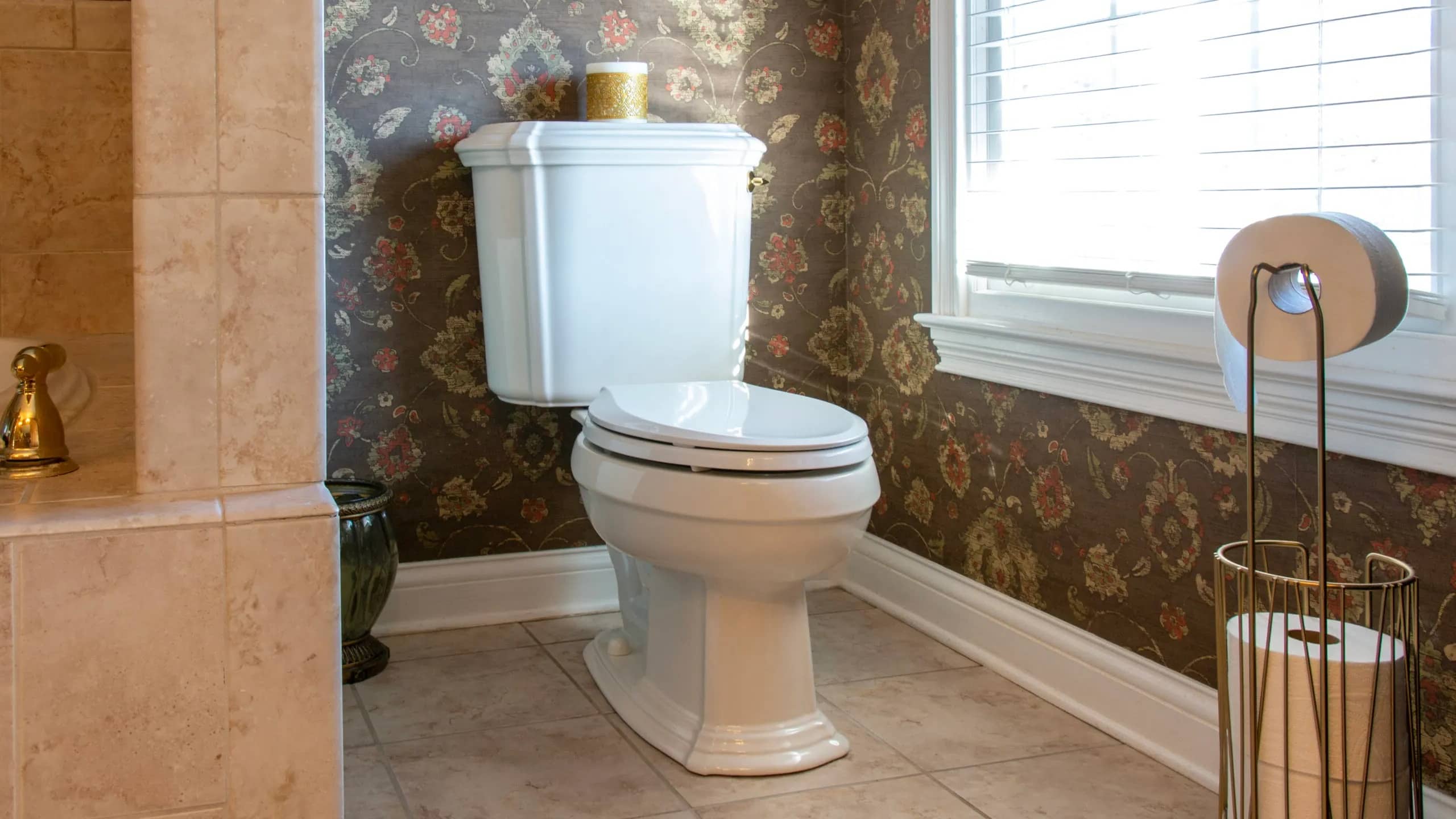

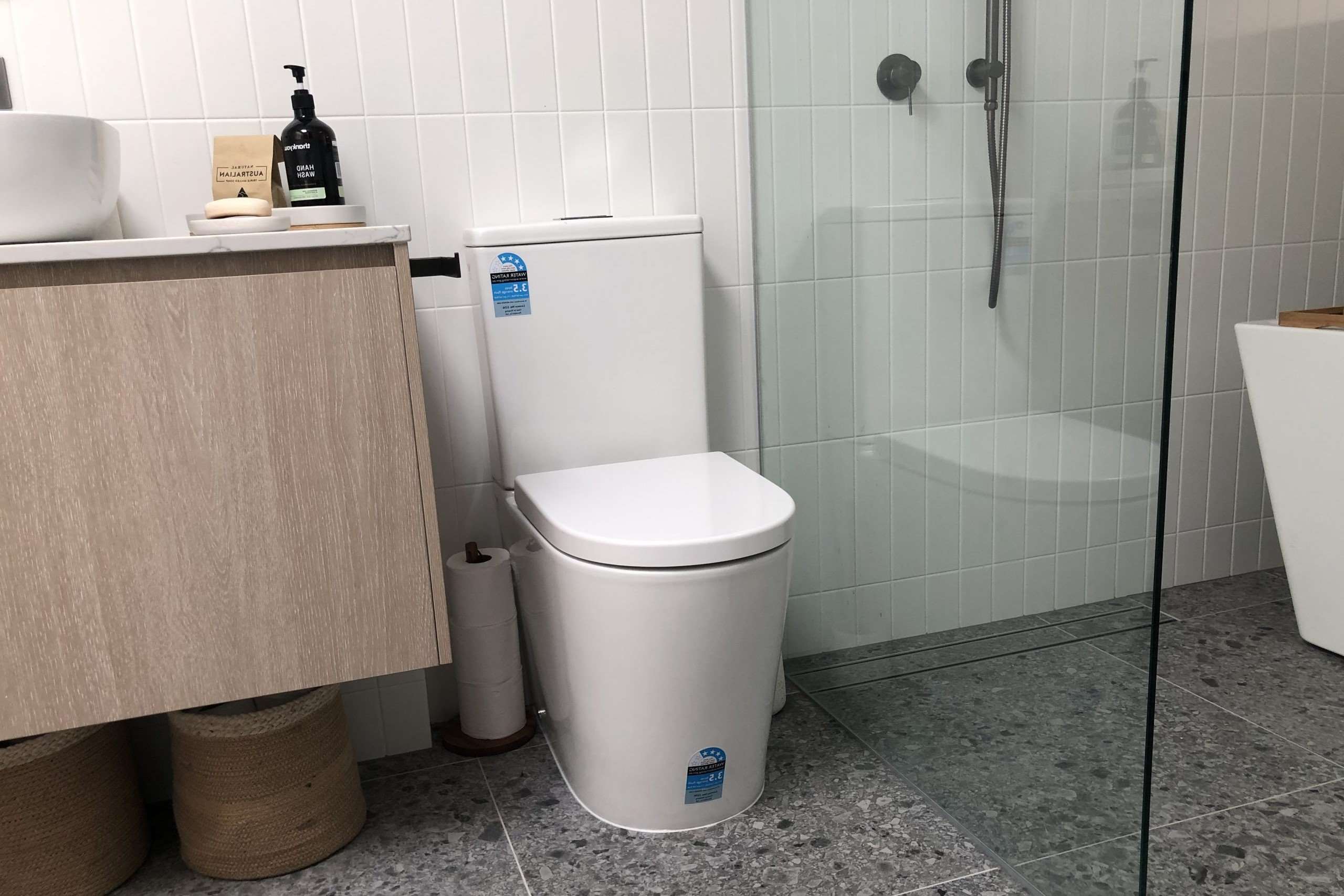
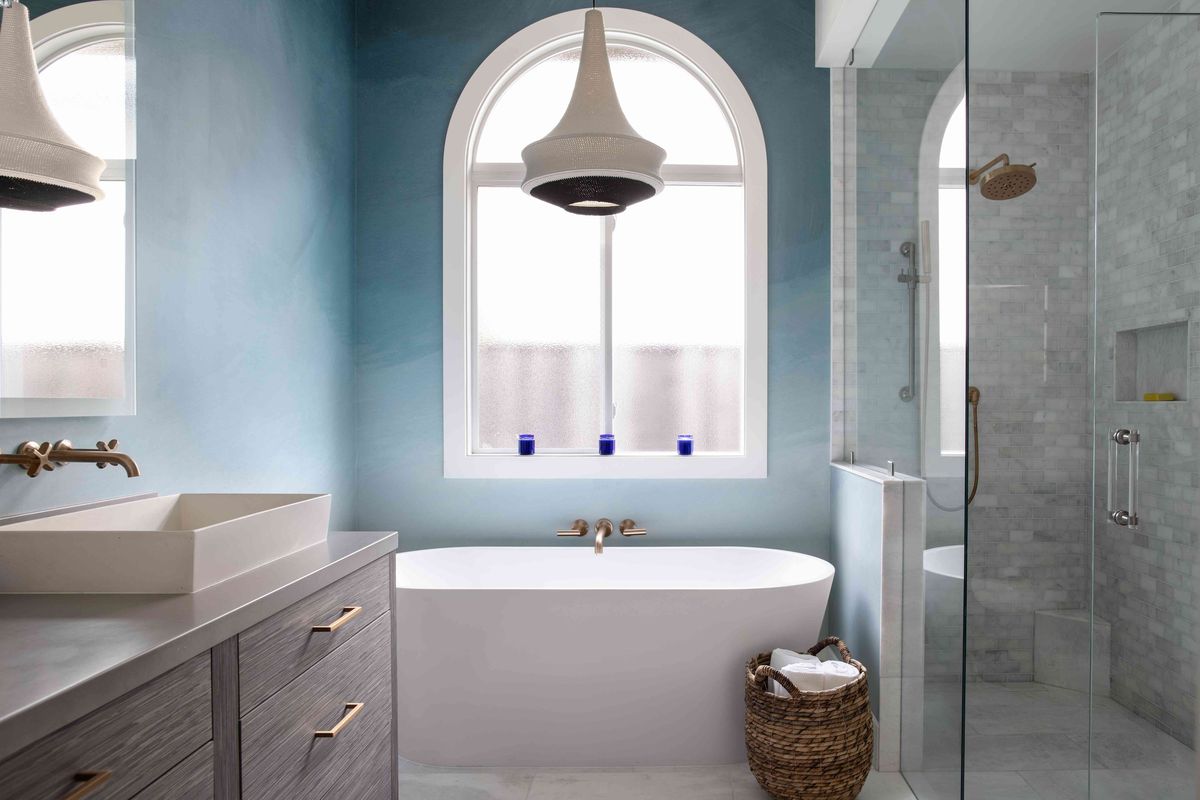
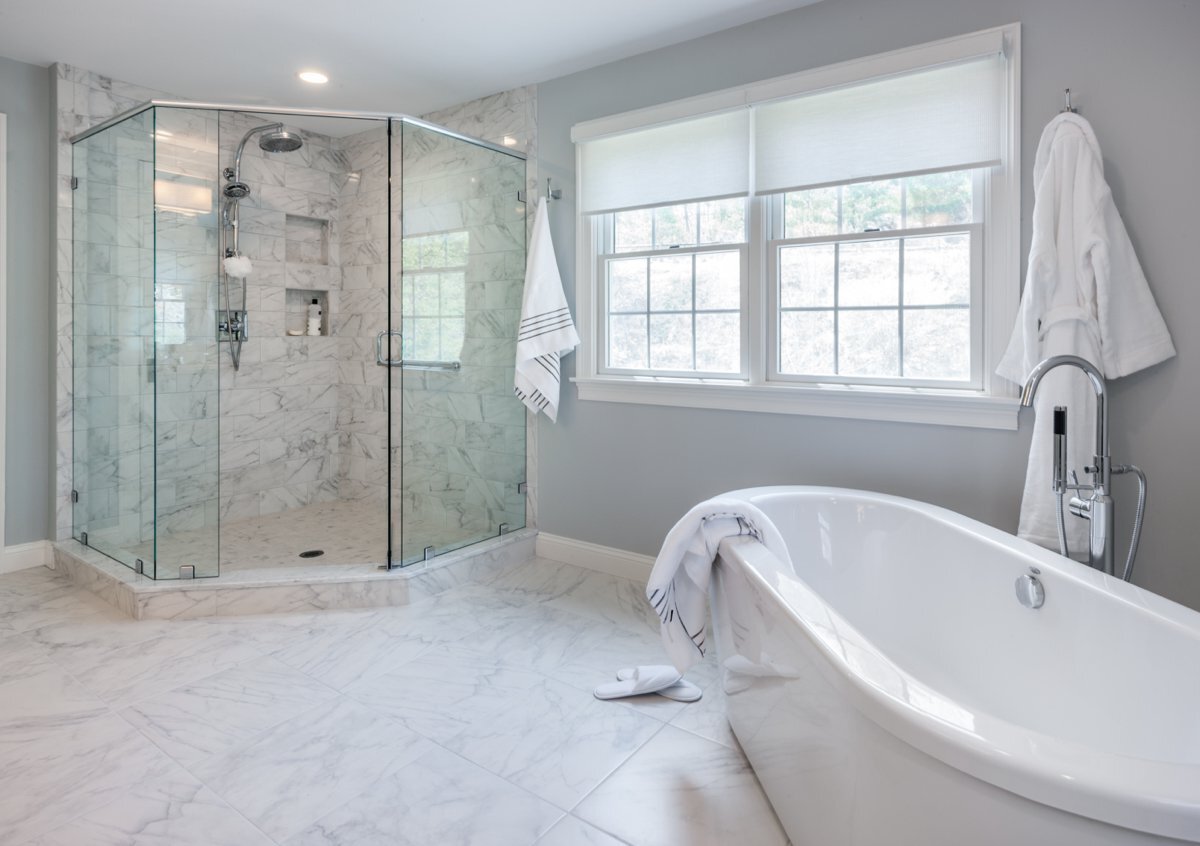
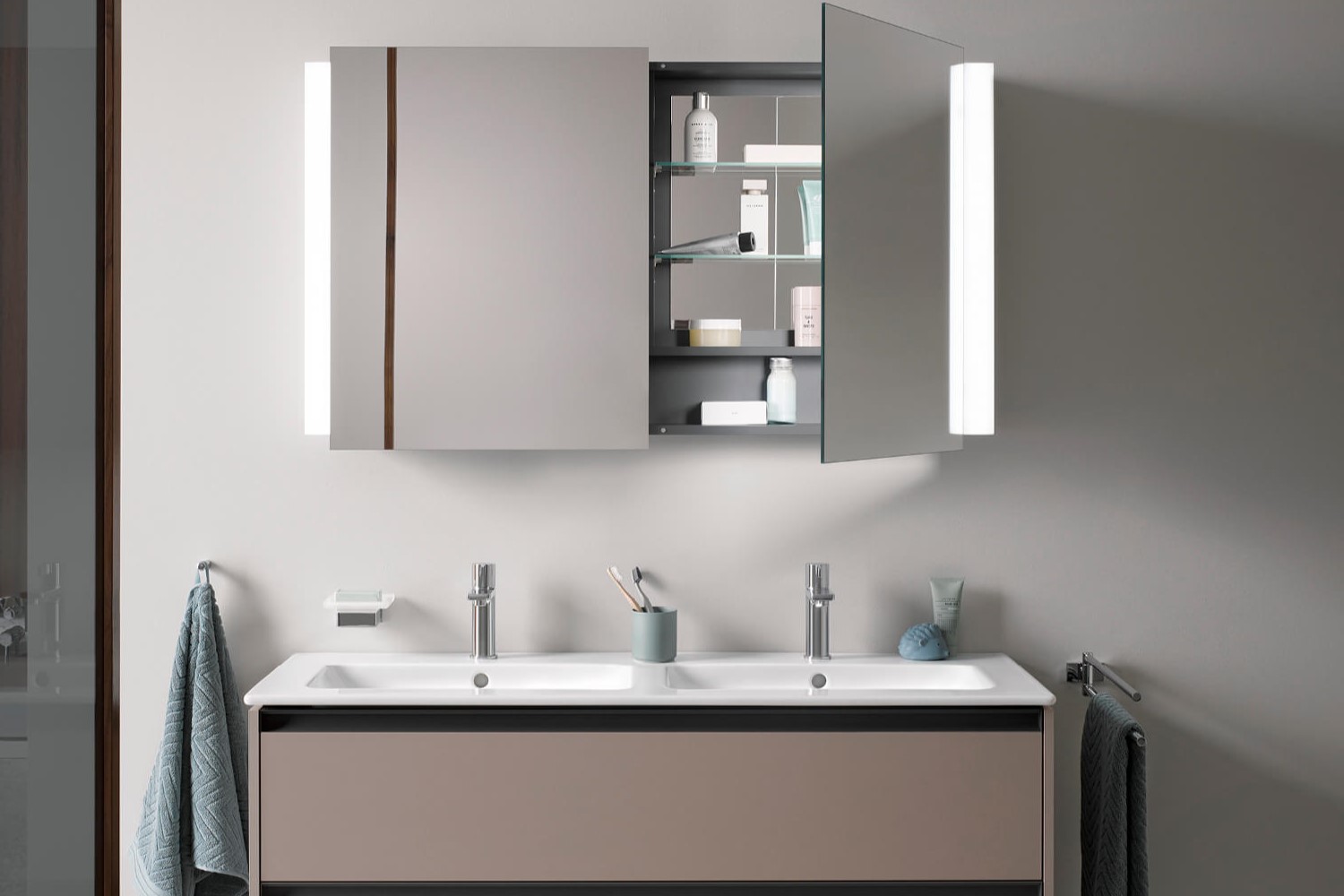
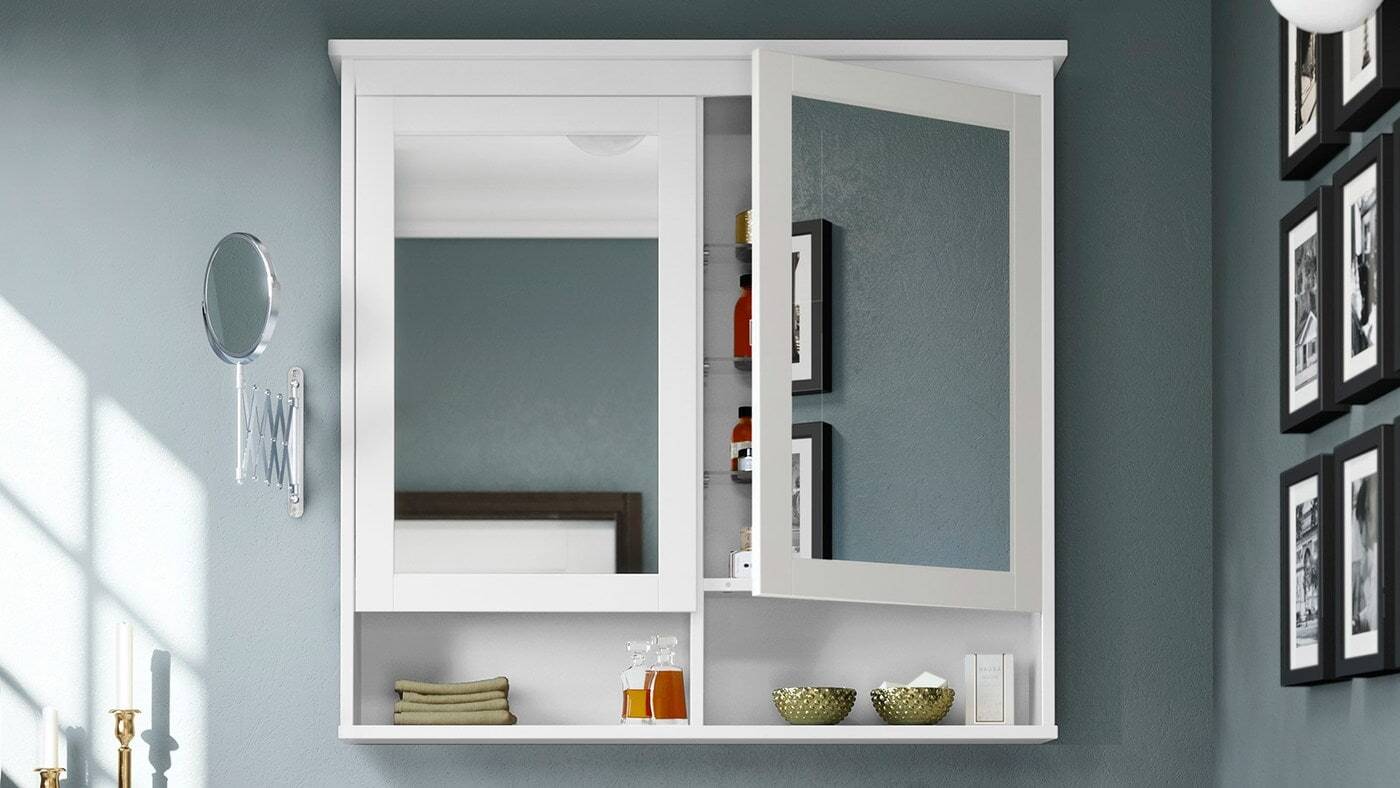

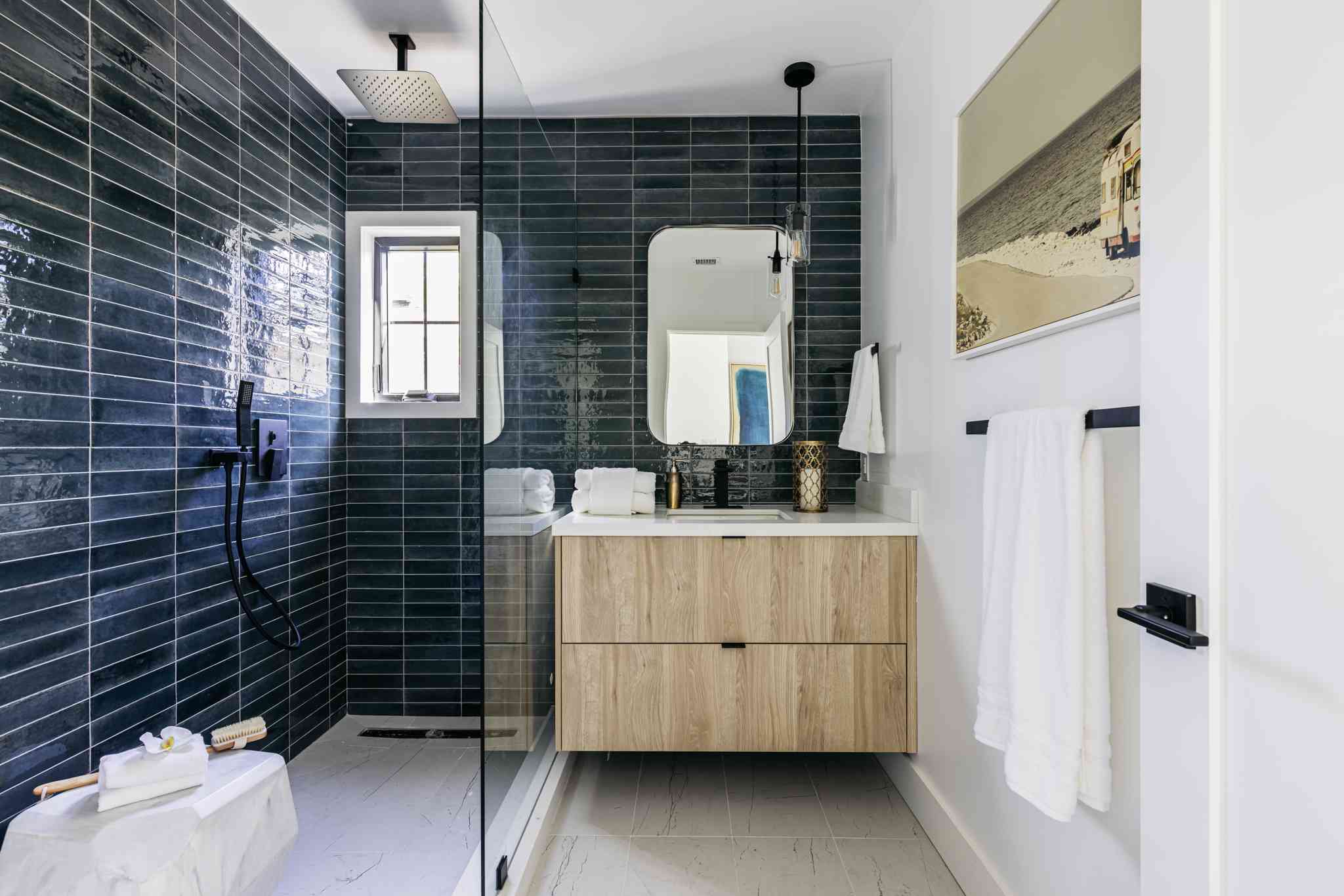

0 thoughts on “How To Design A House With 4 Rooms And 3 Bathrooms”